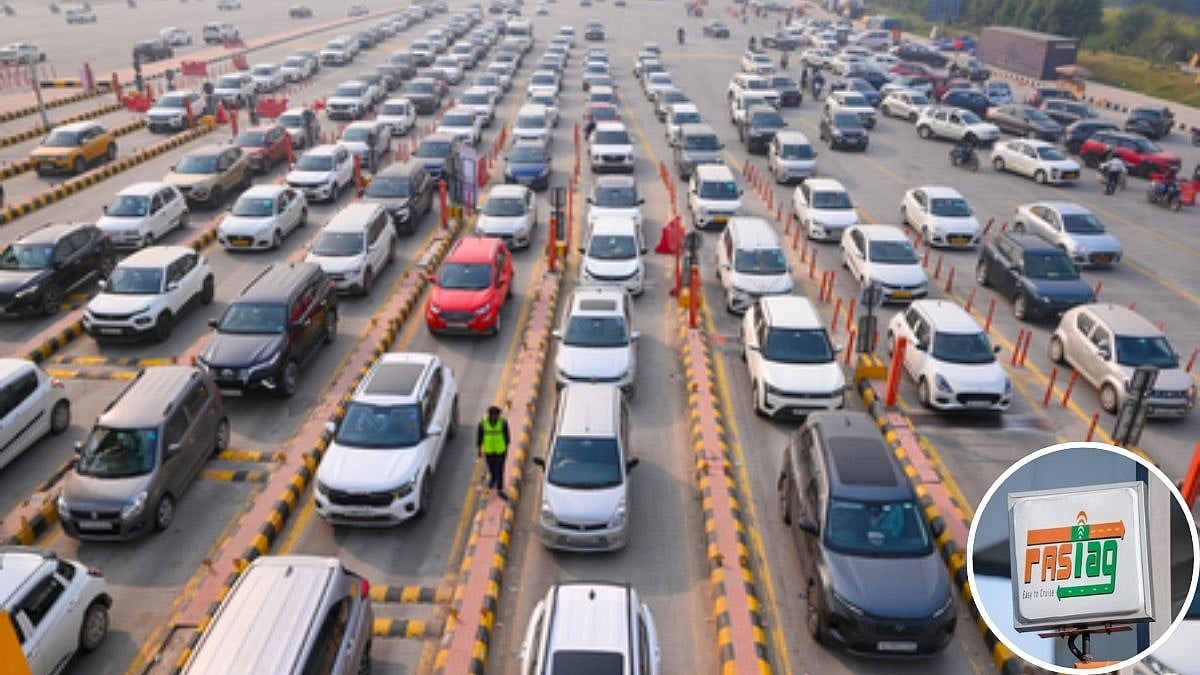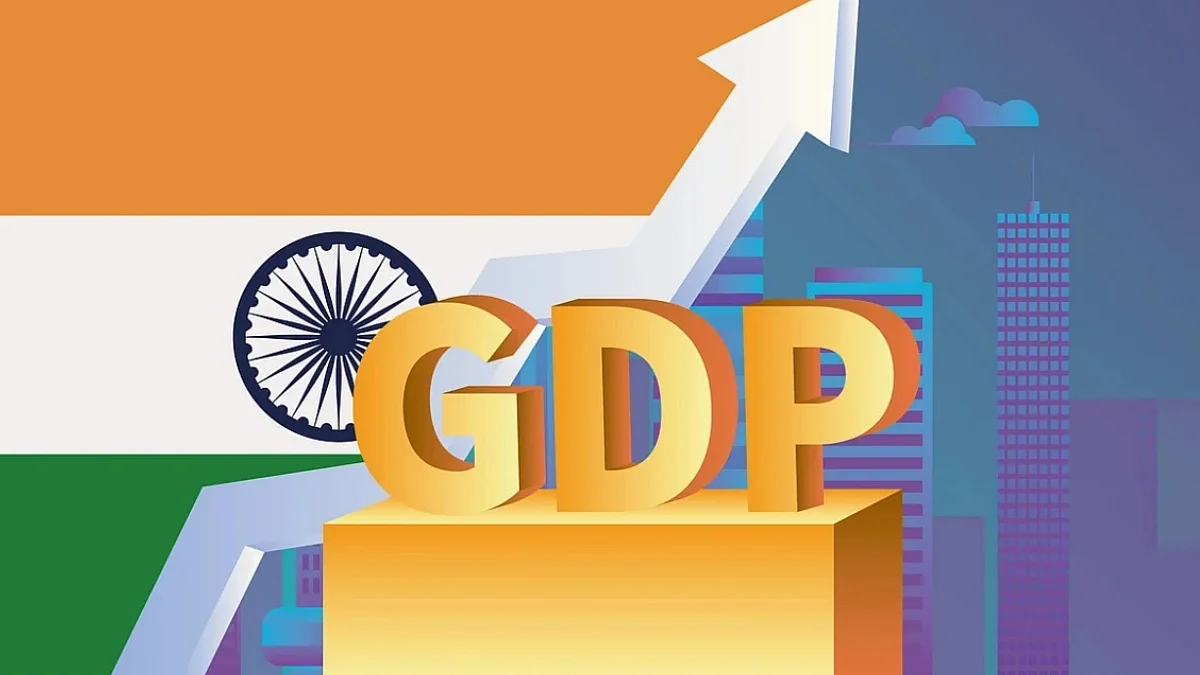As per CBRE South Asia Pvt. Ltd.’s report, ‘Sky is the Limit: Rise of Tall Buildings in India,’ Mumbai dominates India’s skyline with a notable share of ~77% of the total tall buildings in India. The city has more than 100 tall buildings and is likely to continue leading the construction of tall buildings in future. Its tall buildings command prices at a premium compared to most other cities, making the construction of such developments economically viable in the city.
Limited land resources and an exponential increase in urban population have been the primary reasons for the city's vertical growth over the years. Globally, Mumbai ranks 17th and 14th in Asia among cities with the maximum number of tall buildings as per the Council on Tall Buildings and Urban Habitat.
Decentralization of growth in Mumbai led to expansion towards the north and east, giving rise to new micro-markets such as Malad, Goregaon, Powai, Vikhroli, and Kanjurmarg, which have transformed from residential outskirts into important city centres. Despite this expansion, land scarcity remains a pressing issue in Mumbai's urban areas, resulting in high demand and causing a steep hike in land prices.
Central Mumbai and South Mumbai, known for their prestige and premium location, have become hubs for high-rise clusters. These densely populated areas enjoy excellent connectivity through public transportation and road networks and command a premium real estate price compared to other parts of the city.
Anshuman Magazine, Chairman & CEO - India, South-East Asia, Middle East & Africa, CBRE, said, “The current trend in major Indian cities allows for outward expansion. However, it is important to recognize that this approach may not be a sustainable solution in the long term. As a result, it becomes imperative for developers, architects, planners and policymakers to embrace a vertical growth strategy. Mumbai has already demonstrated the success of such an approach in some locations, but other cities still heavily rely on horizontal development.”
Gurjot Bhatia, Managing Director, Project Management - India, SE Asia, Middle East and Africa, said, “The urban sprawl has challenges such as limited institutional capacities and fragmented government regulations creating hindrances in implementing a robust infrastructure network and facilitating efficient distribution of resources. Tall buildings in such a scenario provide holistic urban solutions. The tall structures not only help reduce carbon emissions by creating compact environments with efficient mobility features, but they offer branding opportunities, high-quality living standards, and presence in prime locations, attracting investors. Research also shows that densely populated areas have an additional cost advantage in providing basic services.”











